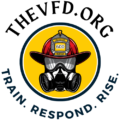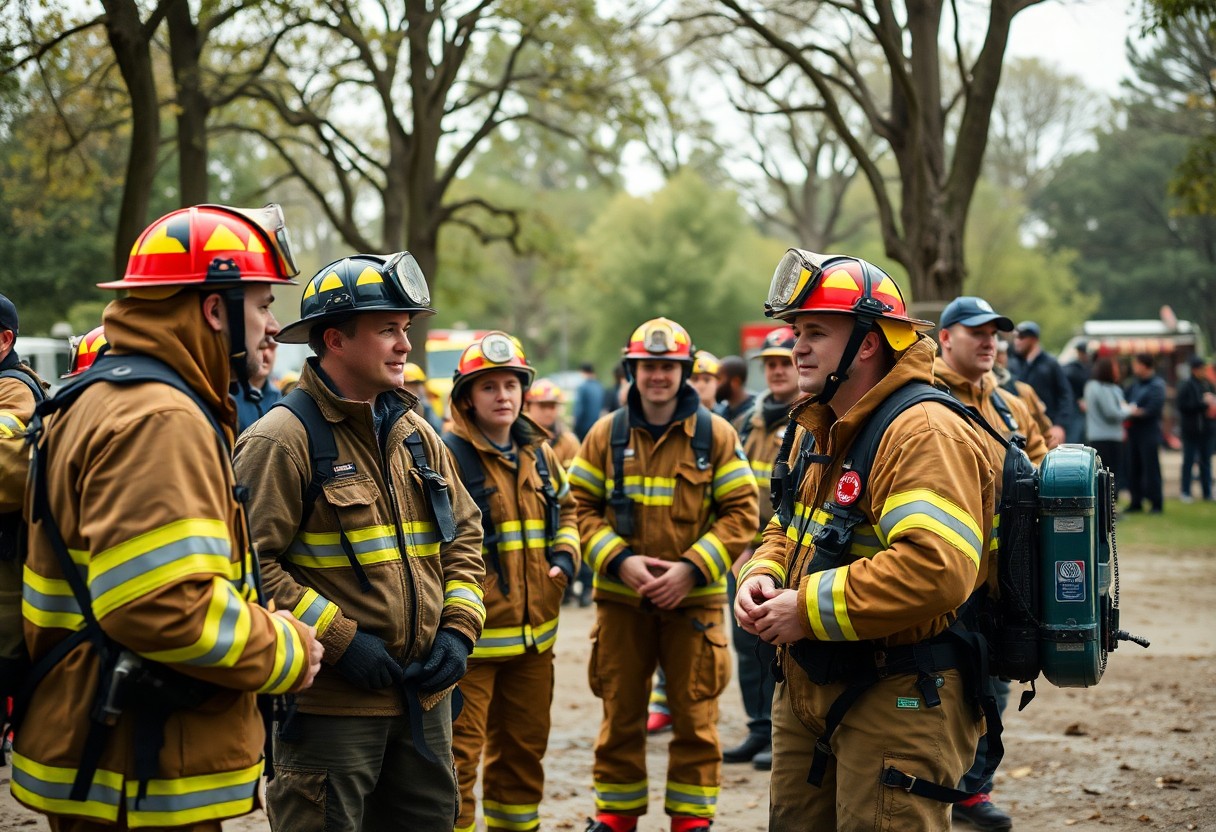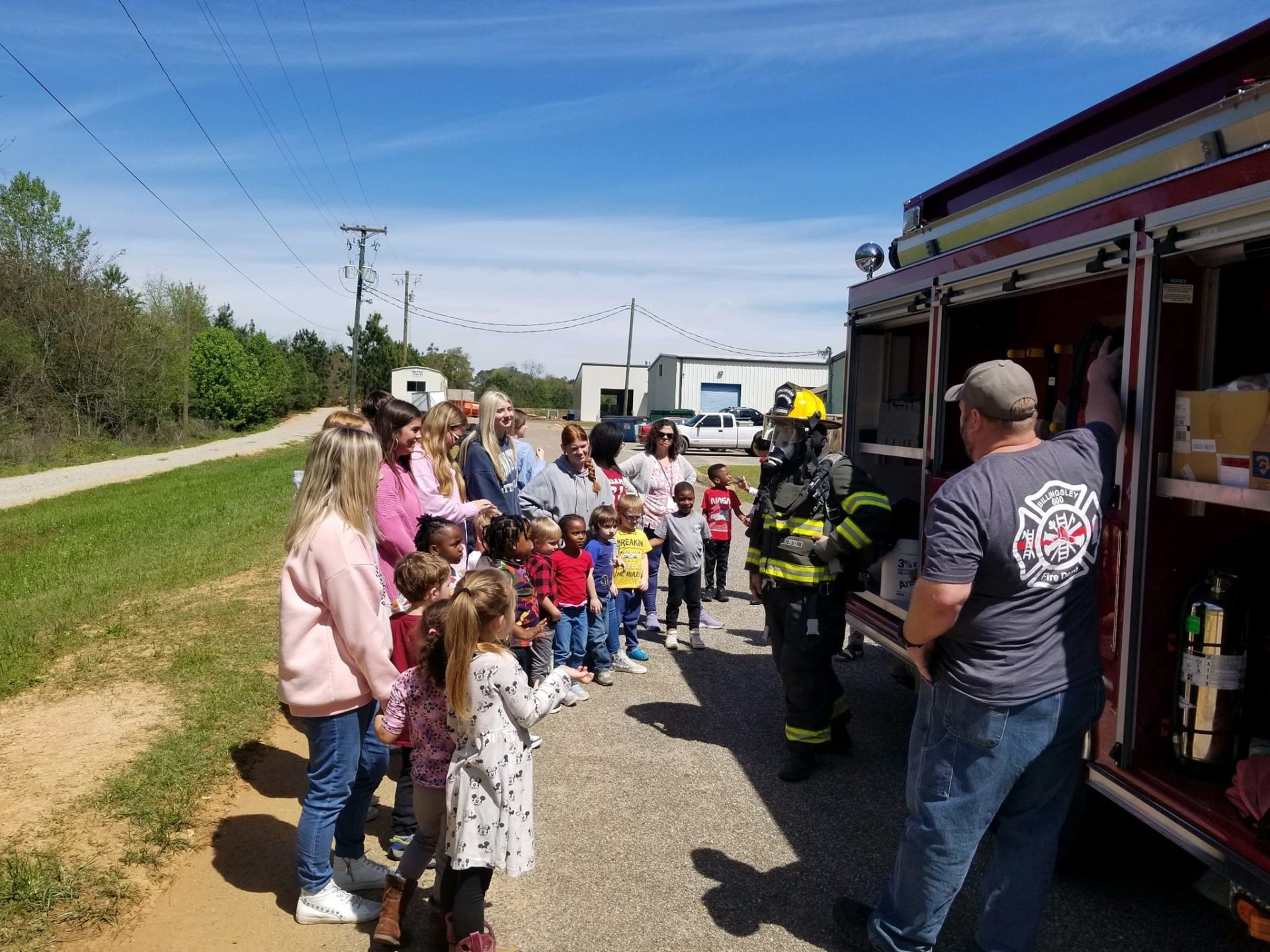Volunteer firefighting is an vital service that relies heavily on community engagement. By offering free classes, you can create pathways for individuals from varied backgrounds to join your team. This initiative not only enhances your team’s capacity but also fosters a more inclusive environment where diverse perspectives and skills are valued. In this blog post, you’ll explore how providing these educational opportunities can inspire and motivate underrepresented groups to participate in volunteer firefighting, ultimately leading to a stronger and more vibrant firefighting community.
The Importance of Diversity in Volunteer Firefighting
Your volunteer firefighting team can greatly benefit from a diverse group of individuals. A variety of perspectives, backgrounds, and experiences enrich teamwork, enhance problem-solving skills, and improve community relations. Embracing diversity not only reflects the community you serve but also fosters a more inclusive environment, ultimately leading to stronger, more effective emergency response efforts.
Benefits of Diverse Teams
Volunteer firefighting teams that embrace diversity often experience heightened creativity and innovation. When members come from various backgrounds, they bring unique solutions and approaches to challenges. This diversity can improve teamwork, facilitating better communication and collaboration, which is crucial for quick and effective responses in emergency situations.
Challenges of Homogeneity
Homogeneity in volunteer firefighting teams can result in missed opportunities for growth and innovation. A lack of diverse perspectives may lead to complacency, limiting the team’s ability to adapt and respond effectively to various scenarios. When teams are composed of individuals with similar backgrounds and experiences, they may inadvertently foster an environment that discourages new ideas and approaches.
A homogenous team can also hinder community relations, as it may not accurately represent or understand the diverse needs of the population it serves. This disconnect can create barriers to trust and communication with the community, ultimately impacting the effectiveness of emergency services. In order to overcome these challenges, it is crucial to actively seek diversity within your volunteer firefighting team.
The Role of Community Education
Clearly, community education plays a pivotal role in promoting diversity within volunteer firefighting teams. By offering free classes, you provide opportunities for individuals from various backgrounds to gain imperative skills and knowledge. This not only empowers them but also fosters a greater sense of belonging within the firefighting community. Engaging with your local residents through educational initiatives can break down barriers and inspire a diverse range of individuals to consider volunteering.
Understanding Community Needs
Behind every successful initiative lies a deep understanding of the community’s needs. You should assess what skills, knowledge, and resources your community lacks and tailor your education programs accordingly. Listening to the voices of your residents is a key step in ensuring that your efforts align with their aspirations, ultimately leading to increased participation in your volunteer firefighting team.
The Impact of Free Classes
Role of free classes extends beyond imparting knowledge; they serve as a bridge to underrepresented groups in your community. By removing financial barriers, you create an inclusive environment where anyone can participate and gain valuable firefighting skills. This not only enriches your team but also enhances community cohesion.
Needs assessment allows you to design free classes that resonate with diverse community members. When you tailor offerings to interests and cultural specificities, you create an inviting atmosphere that encourages participation. These classes equip individuals with imperative firefighting skills, enhancing your volunteer team’s capabilities while bringing in new perspectives. Moreover, as bonds are formed through education, you’ll likely find a stronger commitment among participants, ultimately contributing to a more diverse and vibrant firefighting team.
Case Studies of Successful Programs
The following case studies illustrate how offering free classes has positively impacted diversity in volunteer firefighting teams:
- Newark, NJ: A free CPR and first aid class resulted in a 30% increase in minority applicants over two years.
- Los Angeles, CA: A community outreach program led to a 25% rise in female volunteers, doubling the number of women on the team.
- Atlanta, GA: Fire department workshops attracted 40 new recruits from diverse backgrounds after hosting free fire safety classes.
- Chicago, IL: After implementing free training sessions, the fire department saw a 50% increase in volunteers from underrepresented communities.
Examples from Various Communities
Studies from diverse regions indicate that community engagement through free classes fosters inclusivity. Programs in cities like Newark and Atlanta highlight how targeted initiatives attract underrepresented populations, reshaping the composition of volunteer firefighting teams. By creating safe spaces for education and engagement, these programs demonstrate that your community’s uniqueness can significantly enhance firefighting efforts.
Quantifiable Outcomes
An evaluation of these programs shows promising results, with measurable changes in team diversity, recruitment rates, and community involvement. Departments that initiated free training reported significant increases in volunteer numbers and diversity metrics, leading to enhanced team dynamics and effectiveness.
And beyond mere numbers, these outcomes reflect success in building trust and rapport within communities. The connection formed between firefighters and residents encourages ongoing participation and engagement. By leveraging these community relationships, you can continuously support diversity, create a culture of inclusiveness, and ultimately enhance the effectiveness of your volunteer firefighting teams.
Strategies for Implementing Free Classes
Not all fire departments are equipped with the knowledge or resources to effectively implement free classes. You must start by assessing the community’s needs, identifying the skills you want to teach, and aligning them with your department’s goals. By developing a structured curriculum, you can ensure that your classes provide value and encourage participation. Additionally, recruiting knowledgeable instructors and scheduling classes at convenient times will enhance attendance and foster community involvement.
Engaging Local Partnerships
Classes can significantly benefit from partnerships with local organizations, such as schools, community centers, and businesses. By collaborating with these entities, you can leverage their resources, promote the classes to a wider audience, and create a support system. Establishing these connections not only increases the visibility of your offerings but also fosters a sense of community ownership and inclusivity in the firefighting process.
Marketing and Outreach Efforts
To effectively draw in participants, invest time in marketing and outreach efforts tailored to your target audience. Utilize social media platforms, flyers, and local events to spread the word about your free classes. Engaging storytelling can resonate, highlighting the benefits of firefighting and community service. Emphasizing diversity and inclusion during outreach will encourage potential volunteers from various backgrounds to join.
Free classes should be advertised through diverse channels to reach a broad audience. Engage local media for press releases and consider hosting open houses or demo nights to create buzz. Partnering with community influencers can amplify your message significantly. Utilize surveys and feedback forms to understand your community’s preferences better, enabling you to tailor your marketing efforts effectively. Implementing these strategies not only builds awareness but also fosters lasting connections within your community.
Measuring Success and Impact
Many organizations have begun tracking the impact of free classes on their volunteer firefighting teams. By monitoring participation rates and the diversity of new recruits, you can assess whether offering these classes effectively attracts individuals from various backgrounds. Measuring success goes beyond just numbers; it includes understanding the community’s perceptions of the fire service and evaluating the long-term sustainability of diverse teams.
Metrics for Diversity Measurement
Any assessment of diversity within your volunteer firefighting team should include specific metrics, such as the demographics of participants in free classes versus your existing team. You may also consider tracking retention rates, engagement levels, and the progression of participants who transition into active roles. By establishing benchmarks and collecting data over time, you can gauge the effectiveness of your initiatives.
Feedback from Participants
On obtaining feedback from participants can provide invaluable insights into the community’s experience and perceptions of the firefighting program. Engaging with those who attend your free classes allows you to understand their motivations, barriers, and overall satisfaction, which can inform future offerings and adjustments.
Another important aspect of gathering feedback is utilizing surveys or informal discussions that encourage honest dialogue. You might ask participants about their comfort level in the classes, what they learned, and what potential obstacles they foresee in joining your team. This feedback can help you refine your approach, ensuring that you create an inclusive environment that resonates with diverse audiences.
Recommendations for Future Initiatives
All communities seeking to enhance diversity within their volunteer firefighting teams should implement strategies that focus on accessibility and inclusivity. Offering free classes is an excellent starting point, but pairing these with outreach programs that target underrepresented groups will create a more welcoming atmosphere. Additionally, establishing partnerships with local organizations can foster trust and increase participation, making your firefighting team more reflective of the community it serves.
Sustaining Engagement
For ongoing success, you will need to engage participants beyond initial offerings. Regular follow-ups, feedback sessions, and social events can create a sense of belonging, ensuring that new recruits feel valued and supported. Consider establishing mentorship opportunities where seasoned firefighters guide new volunteers through their journey to further strengthen this connection.
Expanding Programs Beyond Firefighting
Programs that enhance your community’s overall resilience can foster broader engagement.
Hence, diversifying your offerings to include first aid, emergency preparedness, or even life skills workshops can attract a wider audience. By emphasizing that firefighting is just one aspect of community safety, you can create programs that cater to various interests and capabilities. This approach not only prepares individuals for potential volunteer roles but also strengthens the community’s safety net, ultimately leading to an increase in diversity within your firefighting team.
Final Words
To wrap up, offering free classes to your community can significantly enhance diversity in volunteer firefighting teams. By actively engaging individuals from various backgrounds, you create an inclusive environment that encourages participation. This outreach not only fosters a sense of belonging but also enhances the skills and perspectives within your team. As you embrace diverse talents, you strengthen your firefighting capabilities while building a community that supports one another in times of need. Embracing this approach can lead to a richer, more effective team that reflects the community it serves.



